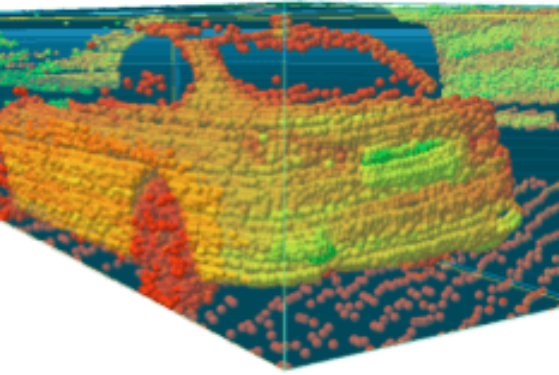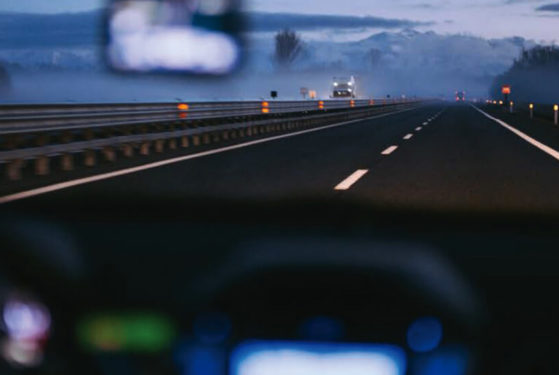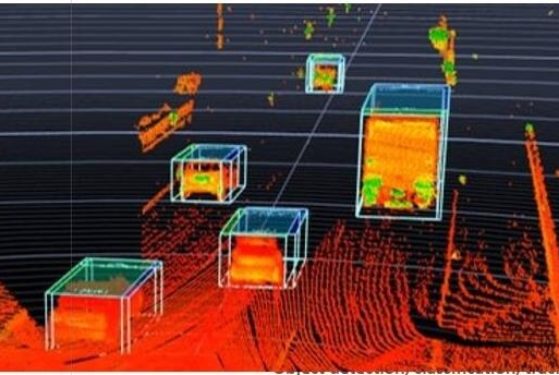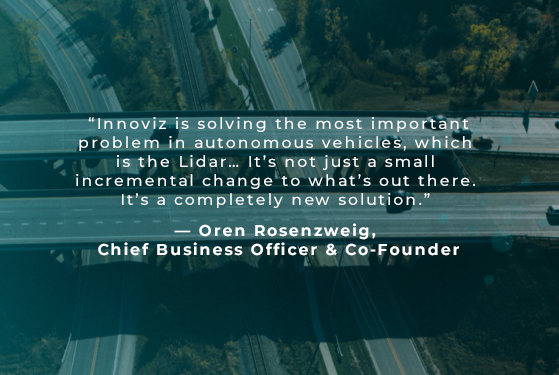LiDAR technology made strides in its relatively short history. In the 1930s, the first attempt to study atmospheric structure was performed using searchlights. The height of clouds was determined using light pulses in 1938. It wasn’t until after the invention of the laser beam in 1960 that LiDAR as we recognize it today was first used as the platform for laser beams on airplanes. It would be nearly 30 years later, however, before accurate LiDAR data would be made commercially available using Global Position Systems (GPS) and internal measurement units (IMUs).
LiDAR Technology Today
Nowadays, LiDAR advancements are being achieved exponentially. Uses cover a range of applications including the more established archaeology, shoreline mapping, and emergency response to the more modern robots, autonomous vehicles, and augmented reality (AR).
Performance improvements in the automotive space is leading to safer, more affordable autonomous vehicles for industries, automakers and, ultimately, consumers. Some notable advancements in LiDAR in recent years include:



